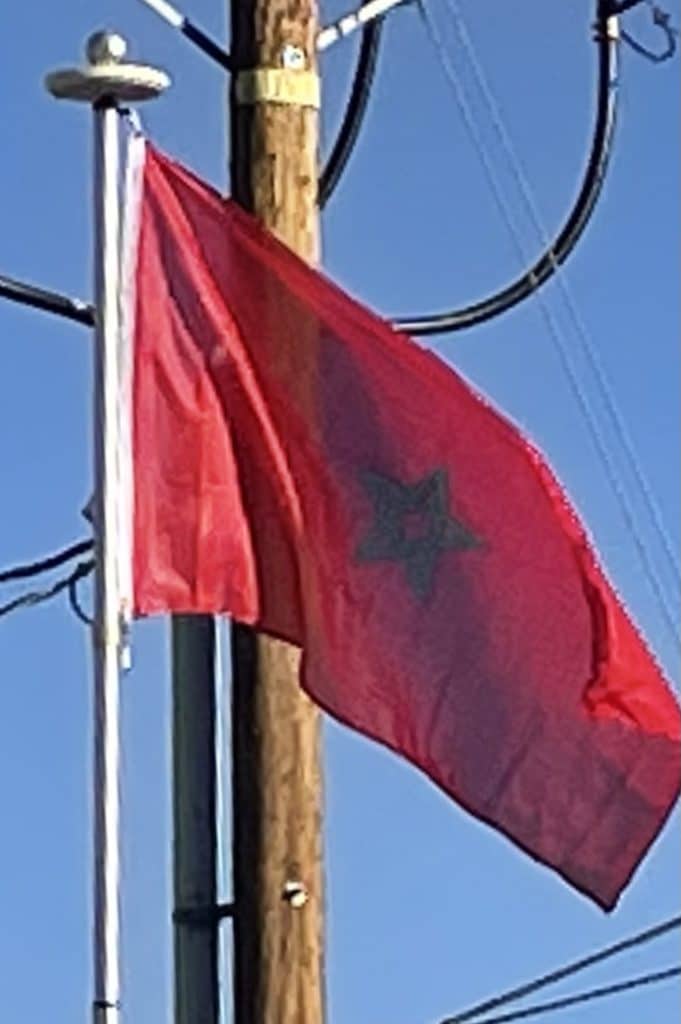According to medieval legend, Idris ibn Abdallah had fled to Morocco after the Abbasids‘ massacre of his tribe in Iraq. He convinced the Awraba Berber tribes to break their allegiance to the distant Abbasid caliphs in Baghdad and he founded the Idrisid dynasty in 788. The Idrisids established Fes as their capital and Morocco became a center of Muslim learning and a major regional power. The Idrissids were ousted in 927 by the Fatimid Caliphate and their Miknasa allies.
Dynasties:
From the 11th century onwards, a series of Berber dynasties arose. Under the Sanhaja Almoravid dynasty and the Masmuda Almohad dynasty, Morocco dominated the Maghreb, al-Andalus in Iberia, and the western Mediterranean region. In the 15th century, the Reconquista ended Muslim rule in Iberia and many Muslims and Jews fled to Morocco.
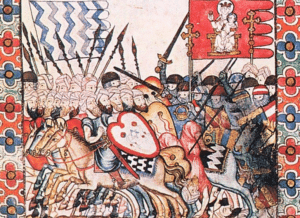
Portuguese efforts to control the Atlantic sea trade in the 15th century did not greatly affect the interior of Morocco even though they managed to control some possessions on the Moroccan coast but not venturing further afield inland.
Early Modern Period:
In 1549, the region fell to successive Arab dynasties claiming descent from the Islamic prophet, Muhammad: first the Saadi dynasty who ruled from 1549 to 1659, and then the Alaouite dynasty, who remain in power since the 17th century.
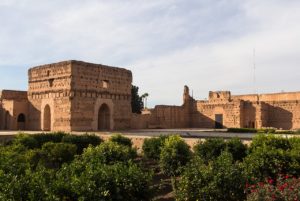
In 1631, Morocco was reunited by the Alaouite dynasty, who have been the ruling house of Morocco ever since. Morocco was facing aggression from Spain and the Ottoman Empire allies pressing westward. The Alaouites succeeded in stabilizing their position, and while the kingdom was smaller than previous ones in the region, it remained quite wealthy. Against the opposition of local tribes Ismail Ibn Sharif (1672–1727) began to create a unified state.
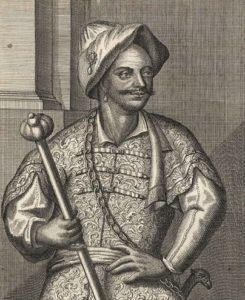
With his Jaysh d’Ahl al-Rif (the Riffian Army) he re-occupied Tangier from the English who had abandoned it in 1684 and drove the Spanish from Larache in 1689. Portuguese abandoned Mazagão, their last territory in Morocco, in 1769. However, the Siege of Melilla against the Spanish ended in defeat in 1775.
Morocco was the first nation to recognize the fledgling United States as an independent nation in 1777. In the beginning of the American Revolution, American merchant ships in the Atlantic Ocean were subject to attack by the Barbary pirates. On 20 December 1777, Morocco’s Sultan Mohammed III declared that American merchant ships would be under the protection of the sultanate and could thus enjoy safe passage. The Moroccan–American Treaty of Friendship, signed in 1786, stands as the U.S.’s oldest non-broken friendship treaty.
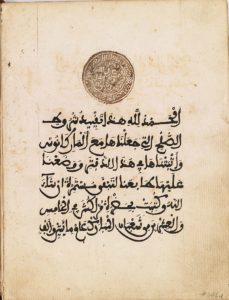
French and Spanish Protectorates: 1912 to 1956:
As Europe industrialized, Northwest Africa was increasingly prized for its potential for colonization. France showed a strong interest in Morocco as early as 1830, not only to protect the border of its Algerian territory, but also because of the strategic position of Morocco with coasts on the Mediterranean and the open Atlantic.
